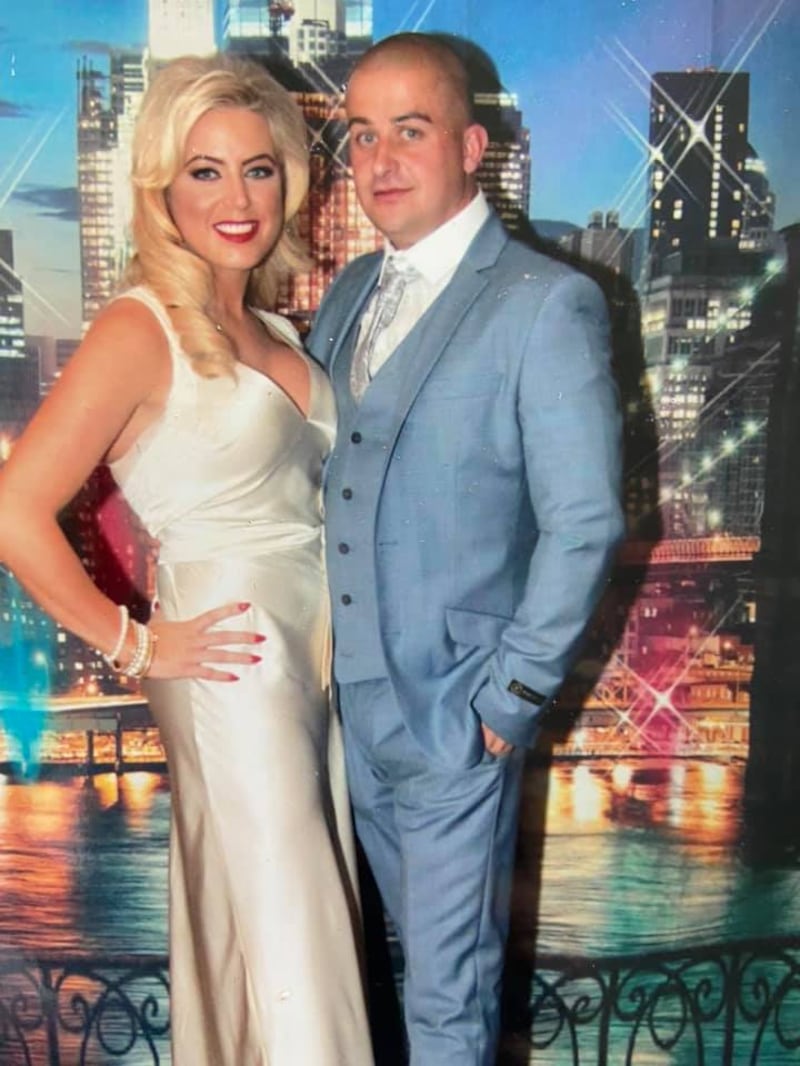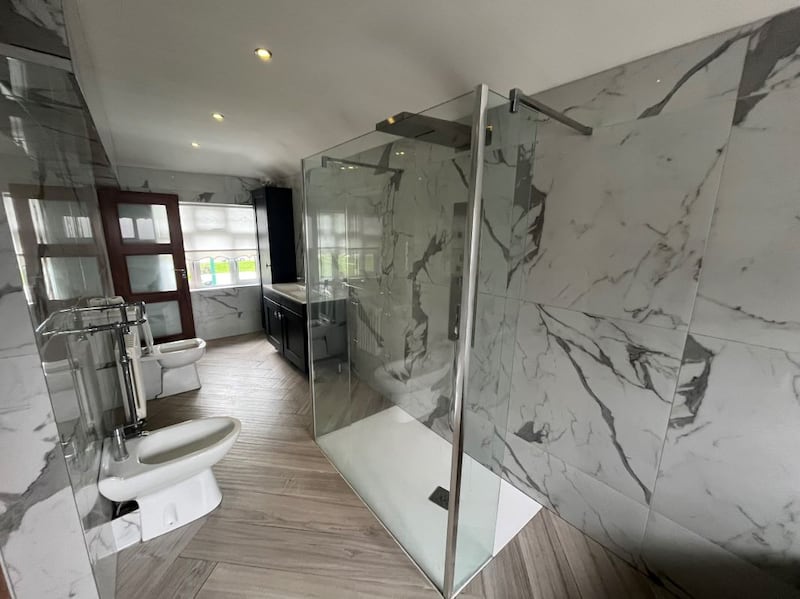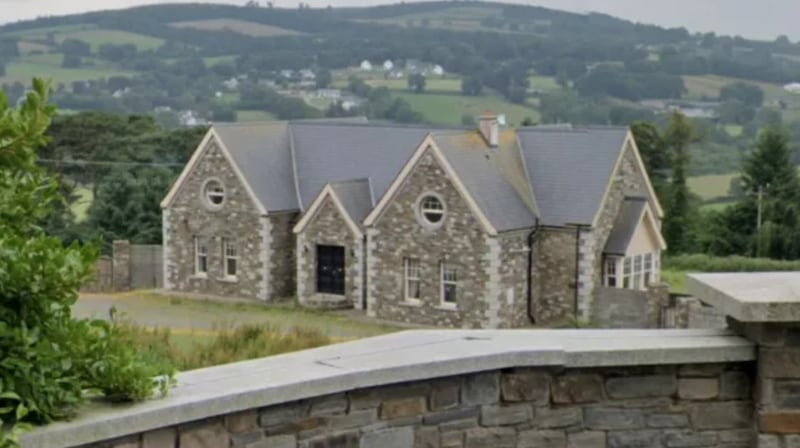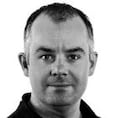Seeing two of his associates, dominant gang leaders Marlo Hyland and Eamon Dunne, murdered after attracting too much-unwanted attention, David Waldron set out on a very different path.
Where Hyland and Dunne drew considerable public attention, Waldron – who filled the gaps left in Dublin’s illegal drugs network by their murders – kept out of criminal feuds and the media.
Waldron instead focused on growing his drug-dealing business in the shadows.
His near 25-year run as a player in Dublin organised crime was laid bare this week after a four-year legal battle with the Criminal Assets Bureau (Cab). The case resulted in the Cab seizing luxury properties worth €3 million.
Actor Armie Hammer resurfaces as host of celebrity podcast
Heart-stopping Halloween terror: 13 of cinema’s greatest jump scares
Doctor Odyssey’s core message: just imagine Pacey from Dawson’s Creek holding you tight and saying, ‘Shhh, it’s okay’
Conor Niland’s The Racket nominated for William Hill Sports Book of the Year
In the High Court on Wednesday, Mr Justice Alexander Owens ruled, after hearing the evidence presented by the Cab, that David Waldron had numerous criminal associates, including his brother Christopher Waldron.
The judge accepted that David Waldron earned his living through drug dealing from the year 2000 and has been a big player in that scene since 2010 when Dunne, a prominent gang leader, was murdered.
The cast of young Dublin gangsters, all now dead, that have moved in and out of David Waldron’s life over that time underscores the relentless rate of attrition in the city’s drug trade. His story extends beyond the criminal world, taking advantage of the Celtic Tiger’s loose lending practices and forged financial documents, and includes a high-profile character – the veteran pioneer of Dublin now-defunct “headshop” outlets that sold over-the-counter legal highs – and even a luxury funeral business.
David Waldron’s close associate, and his wife Charlene’s cousin, was Darren Kearns, a young drug dealer and enforcer. When Waldron was in jail in 2015, Kearns (33) was trying to keep the narcotics business going until he was shot dead at the end of that year outside a pub near the Cabra gate of Phoenix Park.

Hyland (37) and Dunne (36), who were murdered before Kearns, were two other senior, drug-dealing associates of David Waldron’s.
Hyland was killed in 2006 by his gang members, including Dunne, after attracting too much media and Garda attention.
Dunne subsequently took over Hyland’s Finglas-Cabra drugs gang and in less than four years was linked to up to 17 killings. His bloody reign destabilised the Dublin underworld to such an extent the Kinahan crime gang decided to murder him in a pub in Cabra in 2010 in an attempt to bring calm to the market they supplied.
Other close associates of David Waldron’s that were shot dead include Richard Keogh, Micka The Panda Kelly and zookeeper-turned-criminal Daithí Douglas.
Keogh (30), originally from Cabra, was shot dead after leaving a meeting in a bar with a South American drug dealer in January 2009. He worked very closely with David Waldron and at one stage they were co-directors in a Dublin south inner-city car business which was a front for organised crime, including money laundering.
Kelly (30) was a significant player on the Dublin drugs scene when he was shot dead in a murder, believed to have been carried out by the Dublin Real IRA, linked to extortion demand in Clongriffin, north Dublin, in September 2011.
Kelly’s former partner, Caoimhe Robinson, is now married to international drugs cartel leader Daniel Kinahan. Douglas (55) was shot dead in July, 2016, as part of the Kinahan-Hutch feud, which has resulted in 18 murders since 2015. Gardaí believe that the Waldrons were being supplied drugs by the Kinahan cartel.
As men close to them were murdered, the Waldrons continued to ply their trade. Gardaí say they moved up in the underworld when Dunne was murdered, allowing them to take a foothold in Cabra, though David Waldron had been a significant player since 2000 when he turned 24.

This week the Cab seized three properties, worth up to €3 million, from David Waldron and put them up for auction along with a house seized from his brother in March. The High Court this week agreed with the Cab’s contention that David Waldron’s big move in the underworld occurred on the death of Dunne in 2010. However, though Dunne’s killing advanced Waldron, he went about his business much more quietly than his predecessors, Hyland and Dunne. Waldron avoided gang feuds and, unlike Dunne, never murdered anyone over fears about potential or imagined future disclosures to gardaí.
The Waldrons were known to gardaí and targets of the force’s specialist gang units. But the brothers’ public profile was effectively zero, giving them an advantage in their line of business. That all changed one morning in 2017 when the Cab officers raided their properties. A total of 24 homes and businesses were searched in Cabra, Finglas and Monkstown in Dublin, Leixlip in Co Kildare and Courtown and Gorey, Co Wexford.
Christopher Waldron effectively came out to the Cab with his hands up. He settled his case, resulting in the surrender of his house on Killala Road in Cabra. He had bought the property for €50,000 in 2013 and then spent €431,000 extending and renovating it.

David Waldron and his wife took a different approach, fighting the Cab to hold their more significant assets. This week they lost that battle.
The assets comprised mainly property, including a luxury three-storey house – the 3,000sq ft Darview Heights in Co Wexford valued at up to €1.6 million. It came with stables for the couple’s ponies along with a bar, gym and pool table.
Two other properties – at River Forest in Leixlip, Co Kildare, and Ratoath Road, Cabra – were also seized after being ruled the proceeds of crime by the judge.

To buy the assets David Waldron, who was purportedly unemployed, would forge documents needed to secure mortgages, from wage slips to P60s to bank statements. He told the Cab he worked as a plasterer and saved his social welfare payments, while telling lenders he was working in the motor industry, earning up to €80,000 per year, with bonuses.
Once a property was bought, he would pay the mortgage but extend and renovate, all with the proceeds of crime. Once the house was rented, he had a legitimate income and would then move on to the next property. The Cabra property had €633,000 spent on it and the Wexford home perhaps more than €1 million.
In Ireland’s Celtic Tiger era, none of his lenders were concerned he was going to use rent from one house to pay the mortgage on the next.
Nobody appeared to notice his financial documents were forged to portray the fictitious life of a working man.
His wife Charlene, born in 1984, at one point claimed she sold a funeral business for €200,000. That business, called Elegant Send Off, purportedly bought machinery in China that mechanically lowered coffins into graves and other items, used to decorate houses during wakes.
She claimed she sold the business to her granduncle James Bellamy, who for years ran adult shops before becoming Ireland’s so-called “headshop Czar”, running a chain of shops that sold legal highs. He once claimed to have lost about €480,000 in cash when one of his head shops burned down.
The Cab later said the sale of Elegant Send Off was an act of fiction designed to produce evidence of legitimate income for David Waldron.
While David Waldron secured €8,000 in free legal aid to help fight the Cab case, it then transpired he had spent €5,000 on a christening party for his child. A band and DJ played for 100 guests at the party. In another blow, gardaí seized €1 million in cash linked to him – hidden in vehicles – in 2021. Waldron even bought a Land Rover for €23,000 while the Cab case was before the courts. This covered a period when he was claiming to be unemployed, in need of legal aid and was receiving social welfare, including the Covid-19 pandemic unemployment payment.
With the three David Waldron-owned properties now seized after this week’s High Court ruling, they will be put up for auction and the proceeds returned to the State.
Head of the Cab Det Chief Supt Michael Gubbins said Waldron was a case study in how the drugs trade operated. He said Waldron had spent €3.3 million on the properties before any other day-to-day and lifestyle spending.
The successful outcome also showed that while the Cab was pursuing low-value assets such as cars, jewellery, designer clothes and cash from mid-level criminals, significant assets were also being identified and seized from more senior figures in the organised crime world.
“It’s not just the money we are taking off them, but the houses of these individuals,” said Gubbins.
- Sign up for push alerts and have the best news, analysis and comment delivered directly to your phone
- Find The Irish Times on WhatsApp and stay up to date
- Listen to our Inside Politics podcast for the best political chat and analysis





